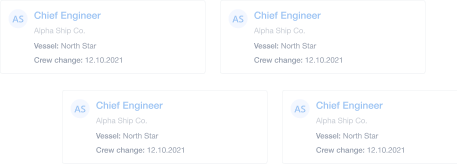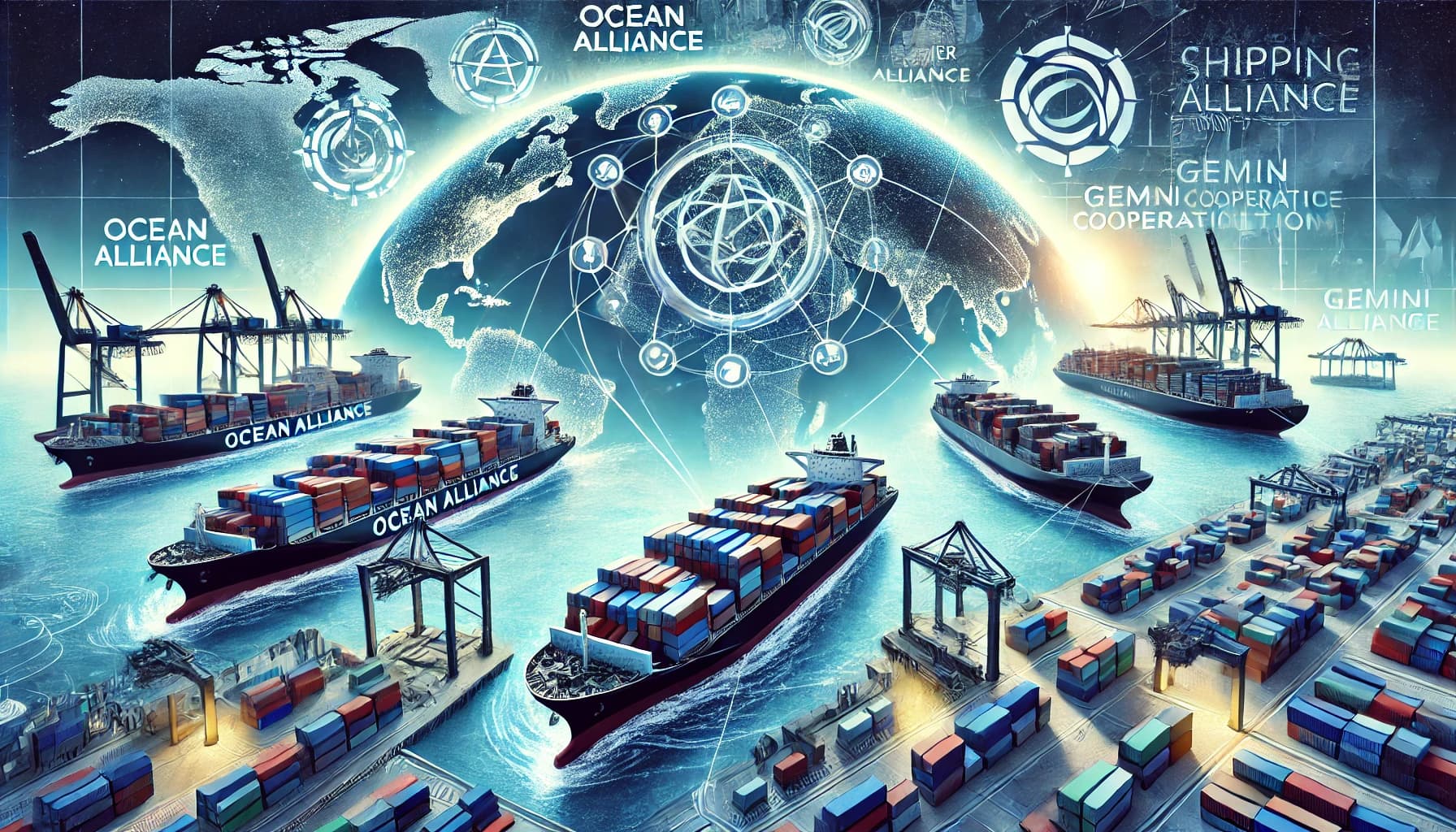How a Cargo Ship Accident Created a Colorful Treasure Hunt

Every now and then, a maritime accident of varying seriousness will even make the mainstream news. Some, like the recent Francis Scott Key Bridge collapse in Baltimore, USA had the world looking on in horror, but others - while still serious - can have surprising outcomes. Take the Tokio Express ship and its cargo of Lego as an example.
Not sure what we’re talking about? Vaguely remember the story when it happened but could use a refresher? Here’s everything you need to know about the time vast quantities of nautical-themed Lego disappeared into the ocean.
The Tokio Express Lego spill: When the sea swallowed cargo
On February 13, 1997, a cargo ship named the Tokio Express was sailing through rough seas about 20 miles off the coast of Cornwall, a country in the south of England. En route from Rotterdam to New York, the vessel encountered a fierce storm with waves reportedly reaching over 30 feet high.
As the ship battled the turbulent waters, a sudden rogue wave struck with immense force, causing the vessel to tilt at a 40-degree angle. In the chaos, 62 shipping containers were washed overboard, disappearing into the depths of the Atlantic Ocean.
One of these lost containers held nearly 5 million pieces of Lego - it was a shipment that was destined for toy stores and ultimately children (and adults) who love spending their free time creating weird and wonderful structures, forms of transport, landscapes and more, all from little plastic bricks.

However, much of this colorful cargo was not destined to remain lost at sea. Over time, thousands of pieces started washing up on British shores, sparking one of the most unusual and long-lasting treasure hunts in maritime history.
What was in the lost lego shipment?
The container that fell into the ocean contained 4,756,940 individual Lego pieces, many of which were from nautical-themed sets, making the event all the more ironic - or, as some might argue - iconic! Among the pieces of Lego were:
- 33,427 black and blue dragons
- 97,500 scuba tanks
- 26,600 life jackets
- 352,000 pairs of flippers
- 92,400 cutlasses (pirate swords)
- 54,000 spear guns
- 30,000 ship rigging pieces
Interestingly, many of these pieces were linked to Lego’s popular pirate and sea exploration sets, making them a perfect (albeit unintentional) addition to the ocean environment where they would later be found.
The legacy of the Lego spill: Pieces still washing up today
Shortly after the spill, beachcombers in Cornwall and its neighboring county of Devon, began noticing small, colorful Lego pieces washing up on the shore. Over the years, sightings expanded along the UK’s western coastline and beyond, with reports of Lego pieces found as far as Ireland and even the United States.
Despite being submerged in saltwater and exposed to harsh weather for decades, many of the pieces remain in remarkably good condition. Some of the most commonly found items include flippers, life jackets, and cutlasses, but the elusive black and blue dragons have become the holy grail of collectors searching the beaches.

How did these Lego pieces travel so far?
Oceanographers and scientists have been intrigued by the Tokio Express Lego spill, using it as an opportunity to study ocean currents and plastic pollution. The movement of these tiny toys helps researchers track how debris travels through the world's oceans.
Read more:Awakening New Depths: Observing World Oceans Day
Some pieces have been discovered over 10,000 miles away from the original spill site, carried by powerful ocean currents like the North Atlantic Drift.
Experts estimate that some of the lost Lego pieces may continue to wash up for hundreds of years, given that plastic does not biodegrade easily. While many beachcombers enjoy finding these unique pieces, the spill also serves as a stark reminder of the impact plastic waste can have on marine environments.
The collector’s craze: Why is this Lego valuable?
Over the years, the Lego spill has developed a cult following among collectors. The scarcity and historical significance of the bricks and other items have made them highly sought after, with some selling for impressive amounts online.
Among the most prized items are:
- Black Dragons: These were one of the rarest pieces in the lost shipment and are considered a collector’s dream. They occasionally appear for sale on eBay or collector forums.
- Blue Dragons: Even rarer than their black counterparts, the blue dragons are a true find for lucky beachcombers.
- Pirate Cutlasses: A classic Lego pirate accessory, these are commonly found but still cherished by collectors.
- Diving Gear (Scuba Tanks & Flippers): Because of their connection to the sea, these pieces have an added novelty factor.

Collectors often document their findings, with some sharing images and details in dedicated Facebook groups and online forums. Some even organize beachcombing expeditions specifically to hunt for lost Lego treasures.
Environmental concerns and the impact of the spill
While the Tokio Express Lego spill has provided an interesting case study in ocean currents and a fun pastime for beachcombers, it also highlights a far more serious issue: marine plastic pollution.
Unlike organic materials, plastic does not biodegrade - instead, it breaks down into microplastics that persist in the environment.
Many of the lost Lego pieces have likely been consumed by marine life or become entangled in seaweed and other debris. Some experts worry that these tiny plastic pieces contribute to the growing problem of plastic pollution in the world's oceans.
In response to the continued presence of these Lego pieces, environmental groups have used the story to raise awareness about plastic waste and its lasting impact. Some beachcombers, while enjoying their finds, also participate in beach clean-up efforts to collect other plastic debris.

The Tokio Express: A maritime mystery
While the Tokio Express Lego spill remains one of the most famous cargo losses in modern history, the Lego container is just one of thousands of containers that are lost at sea each year.
According to the World Shipping Council, an estimated 1,000 to 1,500 containers fall overboard annually, often due to bad weather, shifting cargo, or structural failures.
In the case of the Tokio Express, the ship itself survived the storm and continued operating in global trade for several more years before eventually being scrapped. However, its legacy remains tied to the quirky and ongoing mystery of the missing Lego pieces.
The Lego spill: A story that continues to unfold
More than 25 years after the Tokio Express spilled its Lego cargo into the Atlantic, beachcombers are still discovering these colorful remnants of the past.
What began as a, thankfully non-fatal, shipping accident has transformed into a long-running mystery, a collector’s obsession, and a symbol of the persistence of plastic waste in our oceans.
For those lucky enough to find a Lego dragon or pirate sword while strolling along a Cornish beach, the story serves as a fascinating reminder of how objects lost at sea can resurface in unexpected places - sometimes decades later.
Whether as an environmental lesson or a quirky treasure hunt, the Tokio Express Lego spill remains one of the most intriguing maritime stories of modern times.

Eve Church
Eve is Martide's content writer, publishing regular posts on everything from our maritime recruitment and crew planning software to life at sea. Eve has been writing professionally for more than two decades, crafting everything from SEO-focused blog posts and website landing pages to magazine articles and corporate whitepapers.
UK



